Insufficient, ill-suited and overfilled storage rooms are probably the painstaking reality for many cultural history museums. At the Medical Museion, we are certainly waging an ongoing battle to resolve the problems destined to arise from ambitious acquisition activities and a very limited number of square meters of storage space. Most of the time, conservators Ion Meyer and Nicole Rehné are quite successfull in realizing the full potential of the space that we have and create high-class storage areas when we thought we had run out of options. Yet in the case of recently acquired material, which has not yet been formally added to the collections (and may never do so) we are not always able to meet the challenge. The result has been that many recent acquisitions have stranded and piled up to the extent that it is all but impossible to get an overview of what is actually there.


An obvious problem with this lack of order is that objects risk being damaged from being stored in unsuitable conditions. But another pressing concern is that some of the objects may actually be immediately relevant to exhibition or research activities at the Medical Museion.
This concern has been highlighted in course of the on-going work on “Biomedicine on Display”, the working title of a temporary exhibition set to open at the Medical Museion on 4 June 2009. Drawing on the overarching themes that have become apparent between the different research projects conducted in the framework of the “Danish Biomedicine 1955-2005“-project, the exhibition engages with the ways in which recent biomedical practices challenges the way we think about our bodies and their relation to each other and surrounding society. To this end, it is crucial that we are able to display the machines, instruments and utensils that shapes the biomedical body. And since our recent acquisition activities have focussed on the medical technologies of the past few decades, it is quite likely that we have quite a few relevant objects at our disposal already. The problem is that as long as things are stored like they are, we have no way of knowing which and how many. Basically, we run the risk of producing the exhibition, only to find that a relevant object in our possession was not included because we did not locate it.
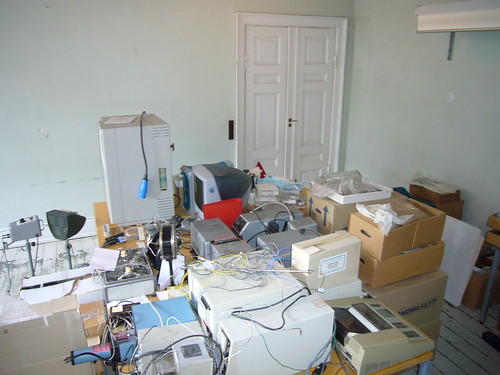
As a consequence, we have begun the process of systematically going through the rooms we know holds relevant material in order to make the individual items accessible. The first step, which was completed during last week, was to set up shelves onto which we could objects that had been brought out and identified. Even this first task was not an easy one. As the were, the rooms in question did not offer any free space in which to set up shelves, this had to be cleared first by compressing the objects even more.
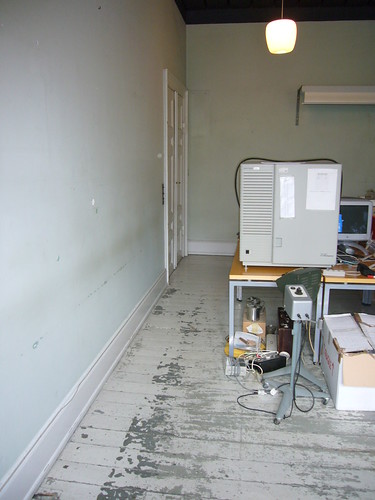
Once this was done, historian Jonas Paludan, assistant on the Biomedicine on Display exhibition, put the full force of his academic capabilities to bear on a total of 18 meters of steel shelves.
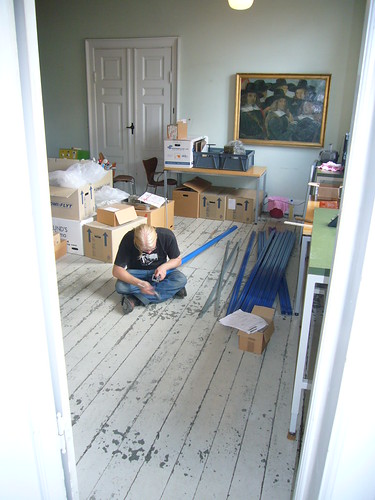
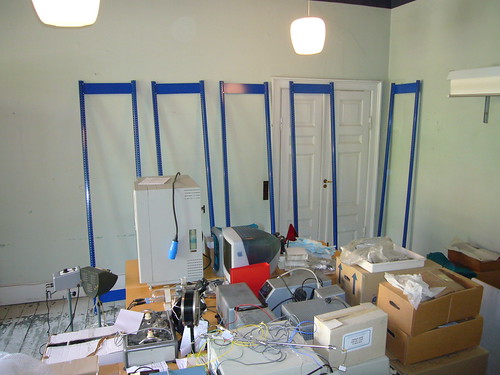
By the end of the week, the shelves were all in place. Hopefully, we should be able to move enough material onto the shelves to set up even more on the floor space which will be vacated. Objects in bad conditions or which are stored in ways that damages them can be attended by conservators, and informed decisions can be made about whether to include individual in the collections or not. In short, even though there is much work to be done, it is good to have come this far. And it’s going to be great to be going through all those boxes!
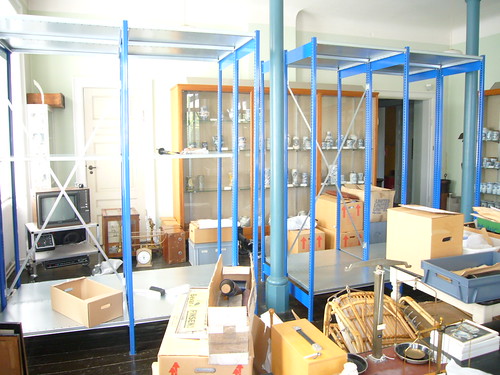
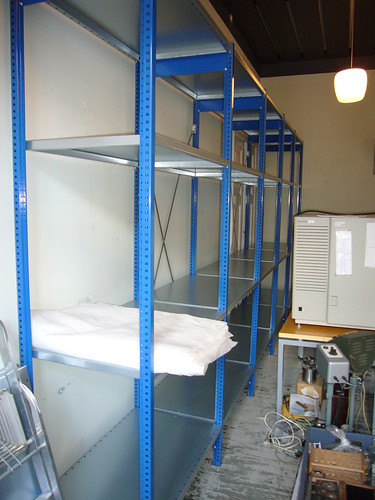
Biomedicine on the Shelves: Displaying the holdings of the Medical Museion
Insufficient, ill-suited and overfilled storage rooms are probably the painstaking reality for many cultural history museums. At the Medical Museion, we are certainly waging an ongoing battle to resolve the problems destined to arise from ambitious acquisition activities and a very limited number of square meters of storage space. Most of the time, conservators Ion […]


